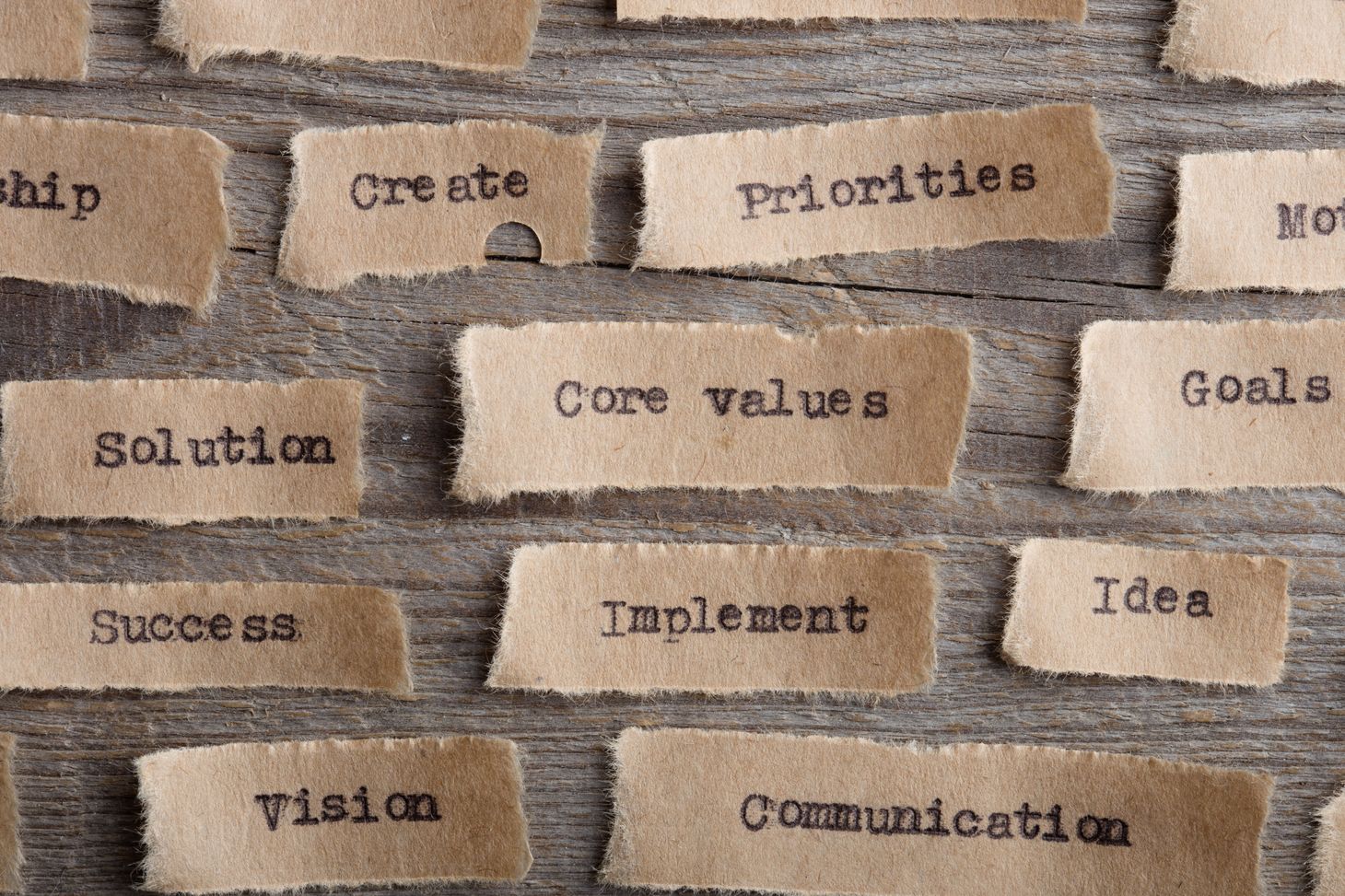Leadership: Build the Culture You Deserve
Creating a strong company culture is essential for success. Without proactive effort, organizations risk creating an 'accidental culture' of distrust, poor communication, lack of accountability, and low morale. Leaders get the culture they deserve based on their actions.

A leader's responsibility is to elevate a team’s success, and building a positive company culture is foundational for that success. Culture can make or break a company; maintaining a strong culture requires continuous effort, commitment, and action. However, without a well-designed strong culture, teams and organizations will end up with an “accidental culture.”
Strong Culture Attributes
A strong company culture has several critical attributes, including open communication, trust, transparency, accountability, and teamwork.
- Open Communication: Creating an environment that encourages open dialogue and allows ideas to be shared freely.
- Trust & Transparency: Leadership shows trust by communicating business decisions with employees and being honest about the organization's successes and failures.
- Accountability: Setting clear goals for team members to ensure everyone knows their responsibilities and is held accountable for their performance against those objectives.
- Teamwork & Collaboration: Fostering teamwork across all levels of the organization through collaboration, cooperation, respect, supportiveness, communication, and problem-solving skills
Accidental Culture Traits
Accidental cultures result from team members bringing traits and values from their previous workplaces. The result is an assortment of good and bad components, with no clear vision of how they fit together. Accidental culture can be toxic as it promotes distrust, poor communication, and a lack of accountability. In such cultures, employees operate for their personal gain rather than for the benefit of the team or organization.
The traits that reveal an accidental culture include:
- Distrust: Lack of faith in one another or misguided perceptions of team members' motivations and intentions.
- Poor Communication: Poor communication between individuals, teams, and departments can lead to confusion and unclear expectations or objectives.
- Lack of Accountability: Failure to set clear goals and hold employees responsible for their performance against those objectives.
- Low Morale & Job Satisfaction: An environment with low morale can lead to a lack of motivation, job dissatisfaction, complacency, absenteeism, and poor productivity.
- High Employee Turnover Rate: A high employee turnover rate results from an unhappy workplace culture where people feel unappreciated or disengaged from the company’s mission.
- Toxic Work Environment: Negative attitudes among staff that lead to gossiping, backstabbing behavior, and blame-shifting for mistakes or failures rather than constructive problem-solving approaches.
- Bullying & Harassment Negativity: Perpetuating a toxic work environment through bullying behavior creates an unhealthy atmosphere leading to overall unhappiness among employees
Examples
Examples of accidental cultures include Uber, Wells Fargo, and Enron. Uber’s accidental culture was known for the toxicity of the founder Travis Kalanick. Wells Fargo, on the other hand, lacked transparency and accountability in its banking practices which resulted in significant fines. Enron is a classic example of wrongdoing and a lack of ethics, resulting in the company’s downfall. Accidental cultures can lead to disastrous consequences, both financially and on the team’s morale.
In contrast, strong company culture can be seen in organizations such as Google, Patagonia, & Zappos. Google has a unique approach to its culture that includes ego-free teamwork and a belief in the power of data. Patagonia maintains a culture that centers on environmentalism and activism, valuing its employees' well-being and designing workspaces to reflect those values. Zappos, similarly to Google, believes in nurturing teamwork and transparency, focusing on solid customer service, and a culture of appreciation and valuing customers and employees.
Leaders get the culture they deserve based on their actions.
Modeling The Culture You Want
Creating a good culture is not posters and a PowerPoint presented at an all-employee meeting. It requires hard work, commitment, and leadership. The consequences when attempting to form a good culture but falling short can be costly, with the risk of inadvertently creating an accidental culture that could harm team morale and an organization’s success.
Leaders must model the culture they want to create and consistently reinforce it with all their actions. Building and maintaining a strong culture is a never-ending process that requires dedication and a willingness to learn, adapt, and grow.
Conclusion
Leaders must decide the culture they want to foster and then actively model the behaviors and principles. Building a great culture takes hard work, but it is ultimately worth it for the success of teams and organizations. A strong culture is like a living, breathing organism; it must be nurtured and strengthened to remain healthy and effective.
Neglecting the effort it takes for a strong culture will result in an accidental culture, leading to disastrous consequences.




